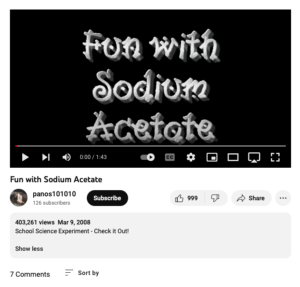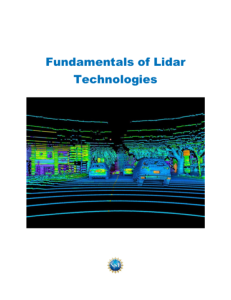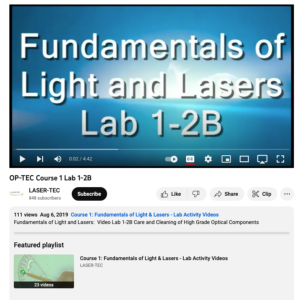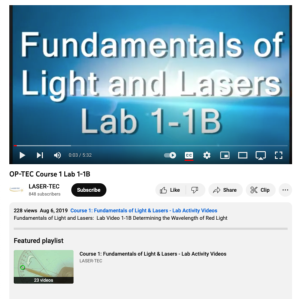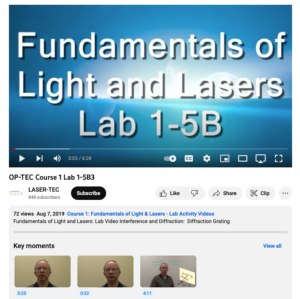Browse Resources
Higher Education -- Undergraduate (Lower Division)
Resources | |
|---|---|
This short YouTube video, created as part of a school science project, demonstrates how to make a supersaturated solution using sodium acetate. It also illustrates an exothermic reaction or the heat of crystallization shown when the solution is touched.
This page is a course overview for Massachusetts Institute of Technology’s (MIT) course 4.42, Fundamentals of Energy in Buildings. Topics covered include heating and cooling systems, heat transfer of building materials, air and water vapor effects, and design strategies. The site provides a...
This 45-page resource, from Baker College, is an educational module that provides theoretical knowledge about the growing technology of Lidar. The module includes a laboratory component where students experiment with an industry grade commercial Lidar device and learn hands-on about its features and...
This lab activity, presented by John Chamberlain, demonstrates the use of an inexpensive spectrometer. The four-minute shows the process of examining the wavelengths of light from three different sources: incandescent, florescent, and neon lights. Questions for students about the spectrum are...
This lab activity, presented by John Chamberlain and an assistant, covers the proper care and cleaning of high grade optical lenses. The 5-minute video introduces the parts of an optical cleaning kit, including compressed air, brushes, and solution, and their use before demonstrating the cleaning...
This lab activity, presented by John Chamberlain, covers the process of determining the wavelength using diffraction grating. In this 5-and-a-half-minute video, Chamberlain demonstrates the use of a red laser light, a ruler, a stand, and the diffraction grating to measure diffraction lengths and...
This lecture, presented by Dr. Chrys Panayiotou, covers the basics of diffraction as it relates to the fundamentals of light and lasers. First, Panayiotou defines diffraction (which is the phenomenon caused by interference between waves coming from secondary coherent sources located on the same...
This lab activity, presented by John Chamberlain and an assistant, gives an overview of the optical equipment and components available in the Newport kit. The kit includes a helium neon laser and mount, a set of lenses, and various mounting equipment. A demonstration then shows the creation of a...
This lab activity, presented by John Chamberlain, covers the process of calculating the speed of a red laser light using optical grade plastics. In the 15-minute video, Chamberlain demonstrates the use of using a ruler, protractor, laser level, and pencil to set up angles of incidence and exit of...
This lab activity, presented by John Chamberlain, is one of four on the topic of interference and diffraction. In this 6-minute video, Chamberlain demonstrates the measurement of diffraction of light through a diffraction grating and how to calculate wavelengths and the diffraction grating spacing...
| |
| ← Previous | Next → |
